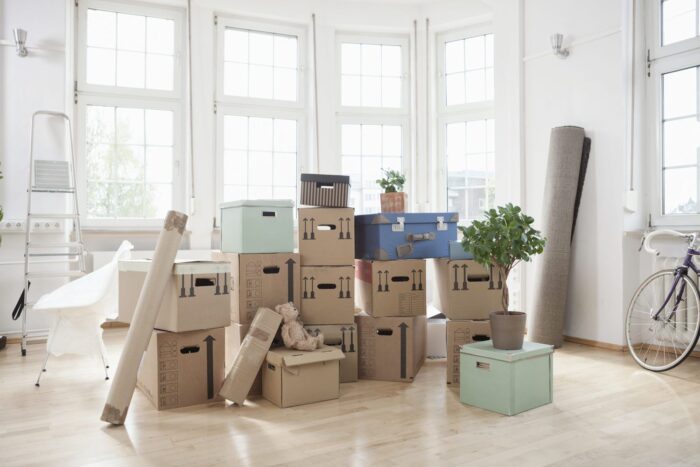
Moving is a stressful process and when you need to move at the last minute, it can feel nearly impossible. Packing your entire home in a short amount of time can be unnerving, especially if you are moving for the first time. However, it doesn’t have to be an insurmountable task. With some strategic planning and motivation, it is possible to pack up your house in a snap. This guide will provide tips and tricks on how to pack and move quickly without sacrificing the integrity of your beloved items.
Gather Essential Supplies
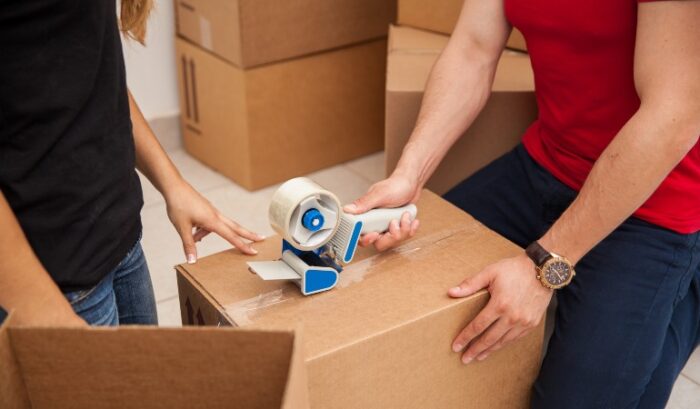
When faced with an urgent move, it’s essential to have all of the supplies you need to pack efficiently and securely. For starters, get a reliable selection of moving boxes in assorted sizes—some should typically be large enough to fit furniture pieces. You’ll also need packing tape, bubble wrap, markers or labels for each box, and a couple of dollies or hand trucks which are key components to any smooth and safe transition.
To ensure that none of your items get lost during the move, it’s also recommended that you use bridge connections if necessary (in the case of especially far-reaching moves). In addition, if you’re planning on using a storage facility during the relocation process, make sure to stock up on environmentally friendly plastic storage bins for any extra items that won’t fit into boxes.
Sort and Pack Clothes and Linens
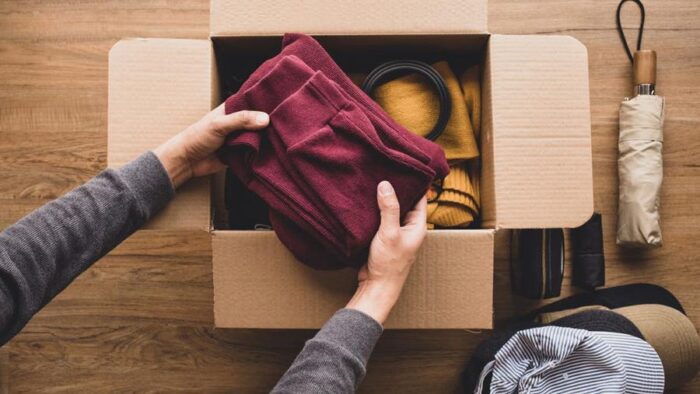
Clothes and linens tend to take up a lot of room in any packing equation, so it’s important to prioritize them. Before you start packing your clothes, thoroughly sort through your closets and drawers. Get rid of anything worn out or never used. Place items you won’t need immediately into plastic bags that can be labeled as appropriate and easily stored until they can be unpacked. This will also help items fit in the boxes more snugly when closed up.
Opt for travel-sized clothing containers such as garment bags or plastic rolling containers. This will help prevent wrinkles, dirt, and dust from reaching your clothing on the move. For linens such as towels, sheets and pillowcases opt for large sealed storage bins that can close tightly with a lid for easy transportation and protection from wear and tear during moving activities. As an additional option, roll linens instead of folding them as this may offer more efficient space use within large containers or boxes depending on their size.
Pack Kitchen Items
Start with the breakables first and don’t overextend yourself; it is best to pack a few items at a time and move on to another area instead of trying to tackle too much at once.
When packing dishes and other fragile kitchen items such as glasses, wrap them individually in paper towels or bubble wrap for protection in transport. Place materials like dishcloths, potholders, and oven mitts in large plastic bags for easy access later. If possible, leave larger bowls or other bulky items unwrapped so they can be used as containers for small items like silverware or spices.
Pack knives near large bulkier pans for safety’s sake but nest small utensils into tightly woven napkins or bundle plastic spacers into mesh bags before packing them away. Pack food supplies at the last possible moment; any perishable foods should not be packed until it is time to leave.
Pack Electronics
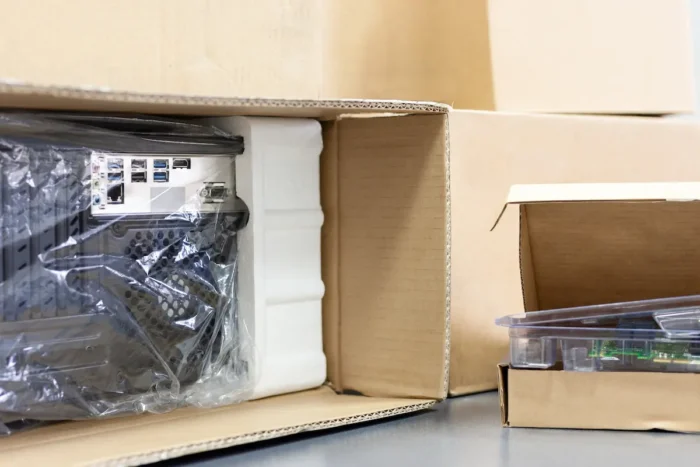
Start by disconnecting all power cords and other cables from the electronics, and secure any parts so they won’t get lost. Label each connection as to what device it belongs to — this will help you reconnect things once your move is complete.
Carefully pack the electronics into anti-static bags or bubble wrap and then place them into sturdy boxes or cases. If you are packing a television, make sure it’s positioned upright with plenty of packing materials in between the device and the box walls. Secure fragile items with packing tape or corner protectors to keep them from moving around in transit.
What to do with books?
When packing books for the last minute move sort them by size and fill small gaps with smaller books, newspaper clippings, or other miscellaneous items. With larger books, sacrifice some of the space by unpacking the top book and pushing it down under the others to conserve room in the box. Put heavier objects at the bottom and lighter items on top when stacking boxes for transport. Once your boxes are full keep them light enough to lift comfortably so you avoid injury during loading and unloading.
Label and Organize Boxes
Labeling and organization are key when packing for a move, especially one that is last minute. Start by creating an inventory of all the items in your home so you can keep track of where everything is going. Label boxes with the room it needs to go in and any contents inside. Making sure each box has its own unique label helps with the organization when you’re unpacking at your new home, as well as making sure you don’t leave anything behind!
Items that require special attention or are fragile should be marked as such on their respective boxes and given extra padding or cushioning where needed. Special wrapping and packing materials, like bubble wrap and foam peanuts, also come in handy when packing fragile items like glassware or dishes. Heavy items should also be labeled and clearly marked to avoid strain while lifting them out at the new house.
Organization can help reduce stress throughout the process of packing a house for a last-minute move, so make sure your boxes have labels that stay on even if they get bumped around during transit. Additionally, these labels will allow crew members to easily sort boxes to their designated rooms which speed up unpacking exponentially upon arriving at your destination!
Finalizing the Move
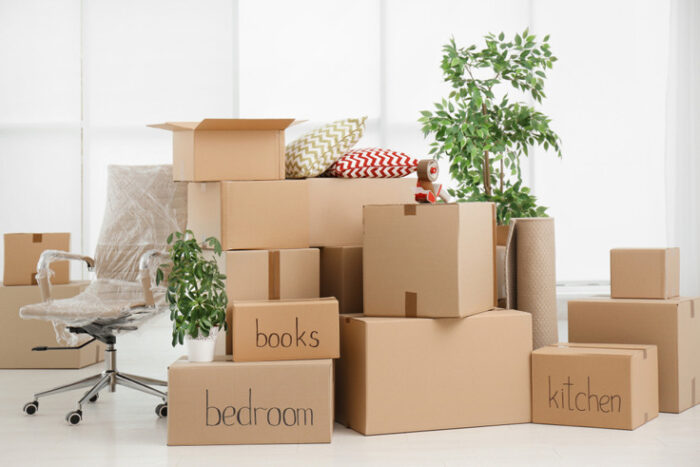
Once all the packing is complete, there are several tasks that will help ensure a successful move. First, take an inventory of everything you packed. Create a folder with a list of each item, or color-code boxes to represent categories or rooms. This will help prevent items from getting lost in the move and make unpacking easier.
Next, carefully re-check all doors and windows to make sure they are locked before giving the keys back to their owners. Clean up any messes made during the packing process, reassemble anything that was taken apart and be sure to provide copies of any paperwork associated with your moving services– rental receipts or insurance policies–to the new owners or property management company.
Then it’s time for the final checklist: Have you disconnected utilities? Have you transferred medical records? Are all bills paid up? Did you leave forwarding information for any correspondence? Making sure these tasks are complete before leaving your old residence assures a seamless transition into your new one.

